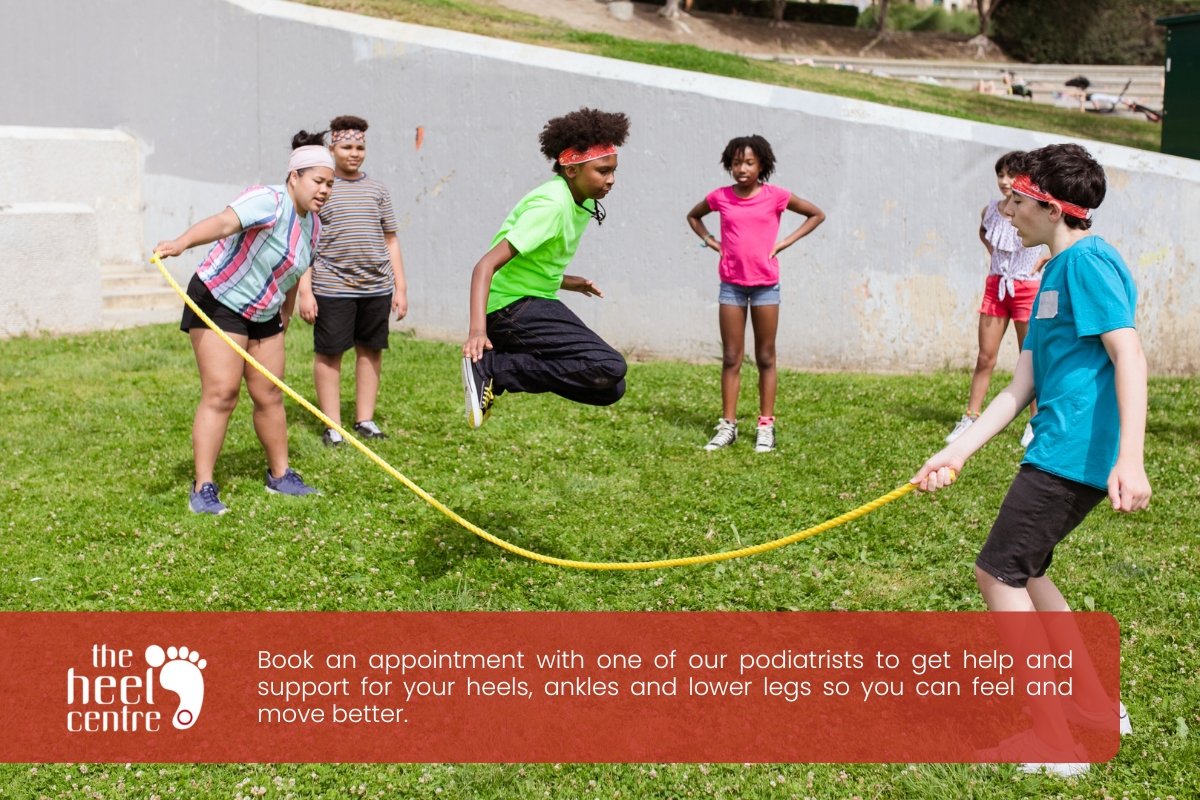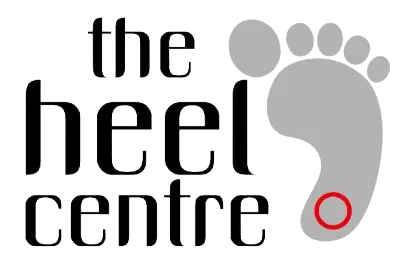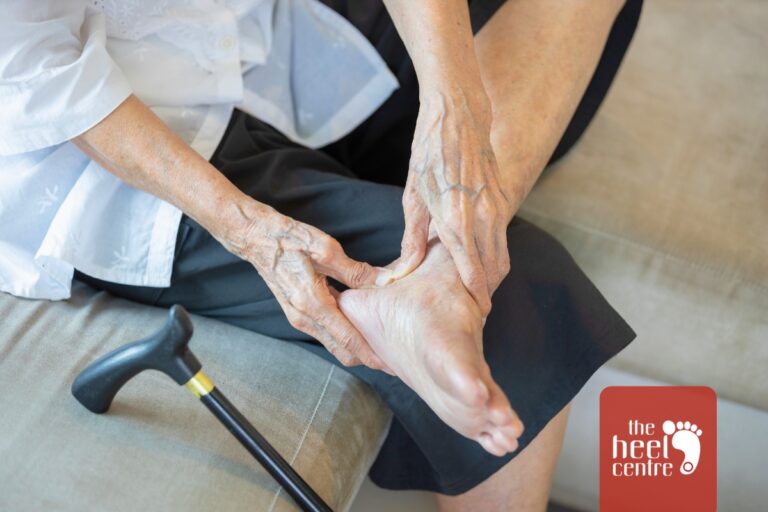Children’s feet are the foundation of their overall physical development, and yet the importance of promoting healthy foot growth is often overlooked.
When we think about childhood health, our minds typically jump to ensuring proper nutrition, dental care, and regular doctor visits. However, fostering healthy foot development is crucial, as it lays the groundwork for a lifetime of mobility and participation in both play and sports.
During the formative years, children’s feet undergo rapid changes that require careful attention and proper footwear to support their natural growth patterns. Neglecting this aspect can lead to long-term issues, such as structural abnormalities, discomfort, and even chronic conditions.
Why children’s foot health matters
Children’s feet are constantly developing, transitioning from soft cartilage at birth to fully formed bones. This makes them susceptible to various conditions that, if left unaddressed, can impact their posture, gait, and ability to participate in physical activities. Early detection and intervention are key to minimising complications and promoting healthy foot structure and function.
Common foot problems in children
While many foot “quirks” in toddlers, like in-toeing or flat feet, are often part of normal development and resolve on their own, some may require professional attention. Common issues a podiatrist might address include:
-
Flat feet (pes planus)
While most children are born with flat feet and develop arches over time, persistent flat feet, especially if painful or impacting gait, may need intervention like orthotics or physical therapy.
-
In-toeing (pigeon toes) and out-toeing
These conditions, where the feet turn inward or outward, usually correct with growth. However, if they persist or cause tripping and discomfort, a podiatrist can assess and recommend treatment.
-
Heel pain (Sever’s Disease/Calcaneal Apophysitis)
This is a common cause of heel pain in active children, often due to inflammation of the growth plate in the heel during growth spurts. Rest, ice, and supportive footwear or orthotics can help.
-
Ingrown toenails
Often caused by improper nail trimming or ill-fitting shoes, ingrown toenails can be painful and lead to infection.
-
Plantar warts
These rough growths on the soles of the feet are caused by a virus and can be painful.
-
Toe walking
While common in toddlers, persistent toe walking beyond a certain age (typically 3-5 years old) may indicate underlying issues and should be evaluated.
-
Bunions
Although more common in adults, children can develop bunions, often due to foot shape or improper footwear.
-
Ankle instability and sprains
Children, especially active ones, can experience ankle sprains. Inadequate rehabilitation can lead to recurring sprains.
The role of a pediatric podiatrist
A pediatric podiatrist is a specialised healthcare professional trained to diagnose, treat, and prevent foot and ankle problems in infants, children, and adolescents. Their expertise is crucial because children’s feet have unique developmental characteristics. They can:
- Conduct thorough assessments: Evaluate foot structure, gait patterns, range of motion, and identify any abnormalities.
- Provide early intervention: Address potential issues before they become severe or cause long-term complications.
- Offer customised treatment plans: This may include:
- Orthotics: Custom-made shoe inserts to provide support and correct biomechanical issues.
- Footwear advice: Guidance on choosing properly fitting shoes that promote healthy development.
- Physical therapy and exercises: To strengthen muscles, improve flexibility, and correct gait issues.
- Hygiene education: Teaching good foot care habits to prevent infections.
- Management of pain and discomfort: Through various therapies or, in rare cases, surgical solutions.
- Prevent sports injuries: For active children, podiatrists can provide preventative care and advice on appropriate sports-specific footwear.
When to see a podiatrist for your child
Parents should be vigilant and consider a visit to a podiatrist if they observe any of the following:
- Persistent foot or leg pain: “Growing pains” are often dismissed, but ongoing pain is not normal and should be investigated.
- Unusual walking patterns: Such as persistent in-toeing, out-toeing, limping, or toe walking beyond toddlerhood.
- Frequent tripping or clumsiness.
- Reluctance to participate in physical activities they usually enjoy.
- Visible abnormalities in foot shape or appearance: Like overlapping toes, a prominent bulge at the base of the big toe, or discoloured/thickened toenails.
- Skin or nail issues: Such as blisters, warts, or ingrown toenails.
- Uneven wear of footwear.
- Family history of foot conditions.
- Delayed walking milestones.

Final thoughts
Healthy foot development is crucial for a child’s overall well-being, mobility, and physical activity.
Podiatrists, especially pediatric podiatrists, play a vital role in ensuring that children’s feet grow and function properly, preventing potential issues that could lead to discomfort and long-term problems.
Early detection and timely intervention by a pediatric podiatrist can significantly improve a child’s foot health, mobility, and overall quality of life, setting them up for a lifetime of active and pain-free movement.
Book an appointment with one of our Caulfield North podiatrists to get help and support for your heels, ankles and lower legs so you can feel and move better.
Author
-
 Founder, Lead Podiatrist
Founder, Lead PodiatristAdam Steinhardt is a leading podiatrist who is passionate about treating heel pain and foot and ankle injuries. With years of experience working with local sports teams, elite athletes, and the general public, Adam understands the demands that an active lifestyle can place on your feet.
View all posts





